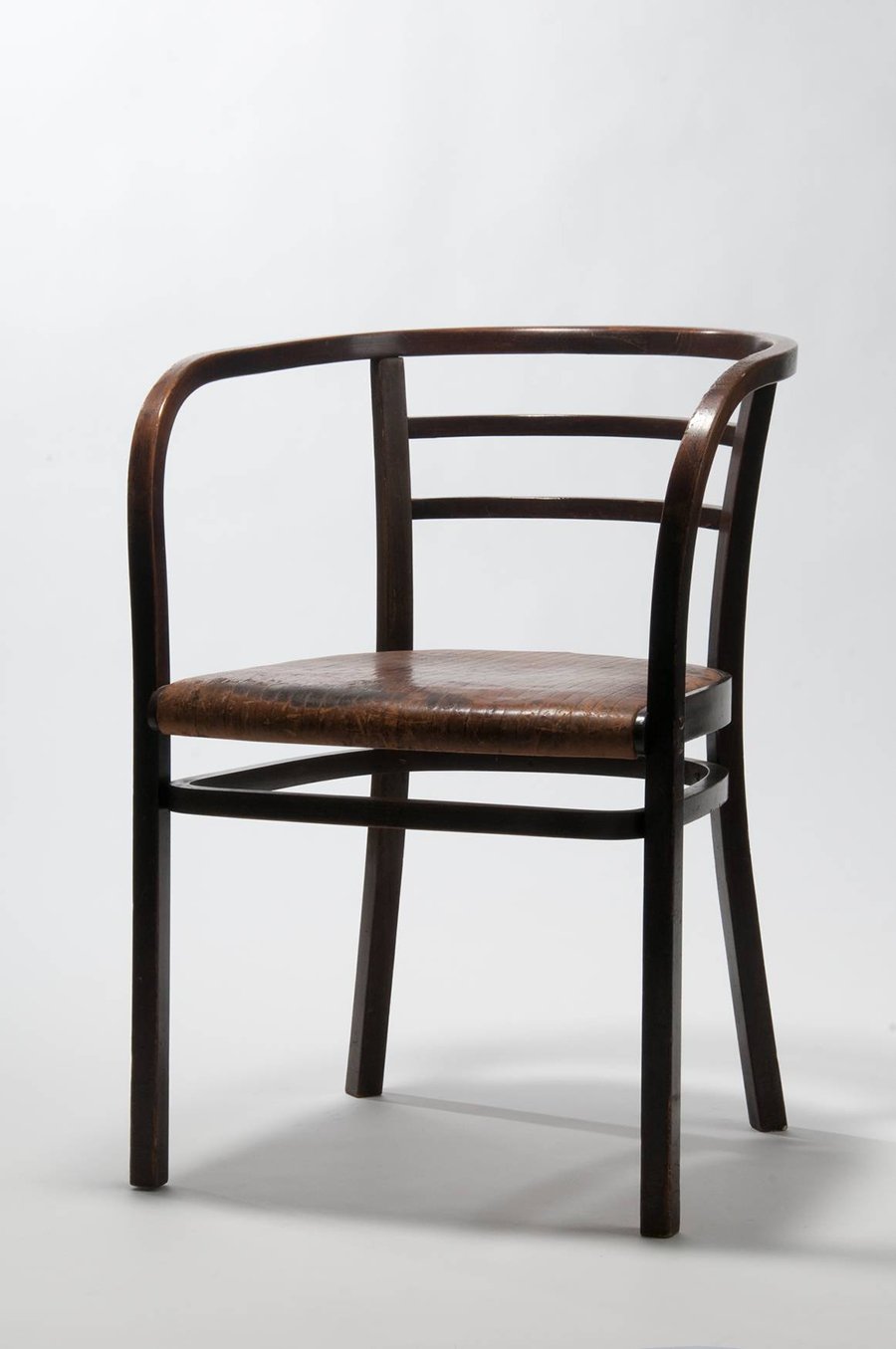
June 20, 2018
MAK Exhibition Challenges the Narrative of 20th Century Modernism with Otto Wagner
The show, curated by Sebastian Hackenschmidt, head of the MAK’s furniture and woodwork collection, makes the Jugendstil master the focal point of an alternative modernity.

The latest exhibition at the MAK Vienna (Museum of Applied Arts/Contemporary Art) revels in mixed messaging, and it lays the wordplay on thick. Post–Otto Wagner: From the Postal Savings Bank to Post-Modernism challenges traditional narratives of 20th-century architectural history, putting forth an unorthodox account of Modernism’s development.
The show, curated by Sebastian Hackenschmidt, head of the MAK’s furniture and woodwork collection, projects aesthetic currents forward and backward in time. Holding its center is Wagner, the meister of the Jugendstil (often termed Viennese Art Nouveau) and putative “father of Modern architecture,” who died a century ago. But Hackenschmidt also implicates several other important figures—Gottfried Semper, for example, and even Frei Otto—in his homespun genealogy.
Employing a renegade timeline, Post–Otto Wagner sets out to establish an alternative modernity, one that sidesteps the usual suspects Adolf Loos and Le Corbusier and shirks the Bauhaus catechism. Its approach is taxonomically eclectic, linking, for instance, the ebullient facade patterning of Wagner’s Majolica House in Vienna (1899) to Pomo’s fetishization of surfaces (Hackenschmidt cites Robert Venturi). In a similar vein, Semper’s prescient writings on ephemeral enclosures find a later resonance in the taut fabric canopies of Otto’s Munich Olympic Stadium. Andrea Branzi’s ungainly Revers chair (1993) appears to draw on the creepy botany of Art Nouveau frontispieces.
Curatorial novelty (or “cheap quotation,” as Hackenschmidt puts it) isn’t so much the goal as is highlighting overlooked tendencies that coursed through pre- and interwar Central Europe. “There’s so much more to modernity, especially in Vienna and Central Europe,” Hackenschmidt says. “Looking back now after going through the Postmodern experience, we say, ‘Wow, it’s all been there.’”
But the exhibition can’t escape a few Modernist tropes, among them the obsession with function, which loomed large in Wagner’s conception of architecture. Hackenschmidt explains, “He developed a notion very similar to ‘form follows function’— a ‘metaphorical functionalism.’ It obviously wasn’t as catchy.”
Post–Otto Wagner: From the Postal Savings Bank to Post-Modernism runs through September 30, 2018.
You may also enjoy “After Devastating Weekend Blaze, the Future of the Glasgow School of Art Remains Uncertain.”
Recent Viewpoints
Viewpoints
Navigating the Path to Net Zero














